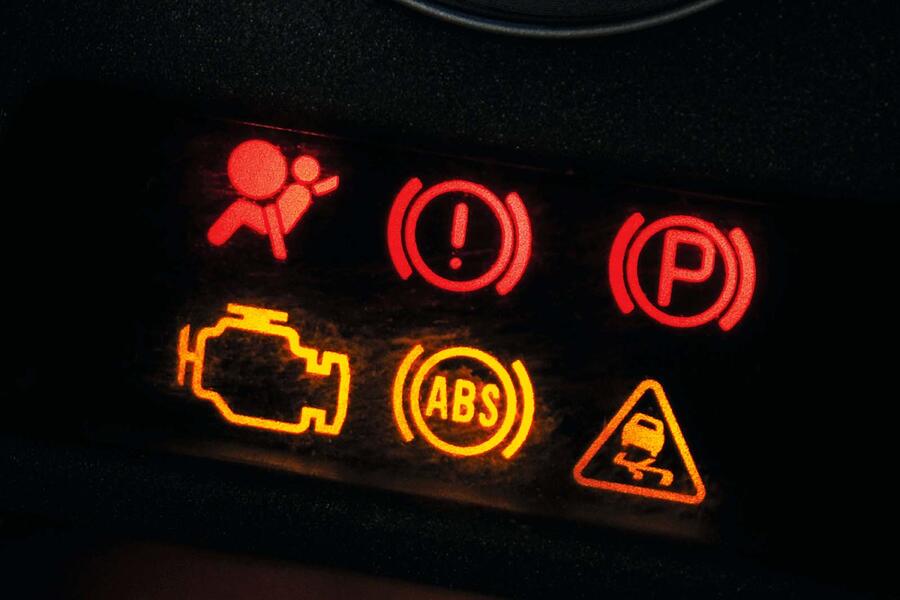As the average age of cars and the cost of fixing them rise, aftermarket cover is growing in popularity
The nation’s cars are getting older. According to the RAC Foundation, their average age is almost 10 years, an increase of 2.5 years on 2015.
A couple of reasons: it’s becoming more expensive to change from an older car to a newer one and the rising cost of living is forcing household budgets to be diverted elsewhere. Another is the perception that cars are now more reliable and better made.
However, while they may no longer rust so quickly, modern cars do break down, no matter how well serviced they are. Common failures include the traditional weak spots of timing chains, differentials, gearboxes and shock absorbers.
And there are some newer villains too, including diesel particulate filters, wet belts, mechatronic systems and high-voltage coolant heater and air conditioning pipes – and this is before we include EVs, with their own fallibilities.
At the same time, parts are becoming more expensive. Owing to supply chain disruptions and increases in the cost of raw materials, their prices have risen by around 35% since 2020. Fitting them is also getting pricier.

According to a survey by What Car?, the average garage labour rate two years ago was £76. Since then it must surely have increased, due to wage inflation, increases in employment taxes and rising energy costs.
What can owners of older cars do to protect themselves from rising repair bills? Having your car serviced each year can help identify problems before they become expensive, but often faults occur unexpectedly.
There’s not much motorists can do about these, which is why more of them are buying aftermarket warranties that are claimed to cover the cost of many unforeseen repairs. One leading provider says its sales of warranties have increased 14% each year for the past four years.
Is a used car warranty worth the money, though? At first glance, perhaps not. Autocar contacted three providers and was quoted an average of £500 to cover a six-year-old Volkswagen Golf 1.5 TSI DSG with 57,000 miles for 12 months – a figure equal to its average claims payout, according to one company.
Of course, many payouts are much higher. The RAC says that its top five most expensive payouts last year each exceeded £19,000. The recipients of these will have been pleased, but critics of warranties say there are many claimants who receive nothing from their provider and so are anything but.

“Many of the bad warranties we encounter overpromise and underdeliver,” says Ian Ferguson, founder of Reject My Car, a consumer redress service. “Coverage levels are rarely honoured and they have many hidden trapdoors. Their terms and conditions are verging on the unlawful. You wonder how anyone makes a successful claim. Some of the insurance-backed warranties we see are horrific – large excesses, restrictions on who can do the work, unfair contract terms that place the onus on the consumer…
It all just leads to dissatisfaction. We are representing loads of people who are in dispute with their warranty provider.”Duncan McClure Fisher, founder of warranty provider Motoreasy, agrees the sector has its bad apples: “The problem area is the small independent dealer warranty offering a £500 limit and limited cover.
“Quite a few of the dealers selling them will buy a car at auction and sell it from their forecourt, slap on an £80 three-month warranty and make £2500, and all they want is the customer to go away and never see them again. Those warranties aren’t really about the customer; they’re about keeping the dealer happy. It’s messy and a way of ducking their responsibilities under consumer law.”

Whether a warranty is good or bad, it will have exclusions and small print. Last year, The Motor Ombudsman reported that in 2023 the number of warranty disputes it was asked to rule on had increased by 39% on the previous year.
They included disputes over components and age and mileage terms, claims being turned down due to issues being categorised as ‘wear and tear’ and consumers not being aware of policy exclusions at the time of claiming (such as the need for their car to have a full service history).
The Motor Ombudsman reminded consumers they must read the warranty documentation carefully and understand its exclusions before buying cover.
McClure Fisher says that exclusions are a necessary evil: “Companies can’t cover everything and can’t afford to. Some components are very unreliable. In our experience, they include the electric rear drive axle on some hybrid cars.
“We’ve been trying to persuade the car makers to pay for those that have failed, but they won’t, so we’re no longer covering them. Some EV parts are also unreliable. For example, their air conditioning pumps, which are made to be lighter, present a whole new set of challenges.”
Strict terms and conditions are also necessary to prevent customer fraud, he says: “Buying a policy knowing their car has a pre-existing fault, ignoring red warning lights, allowing intermittent faults to drag on or deleting fault notifications are just some of the things some less honest claimants try.”
Warranties have a bad reputation but, given the value of payouts that honest companies are making, one that is not entirely deserved. Motorists should protect themselves from bad providers by fully understanding the warranty’s terms, conditions and exclusions before buying and checking customer reviews for the quality of the firm’s complaints handling.
Source: Autocar
